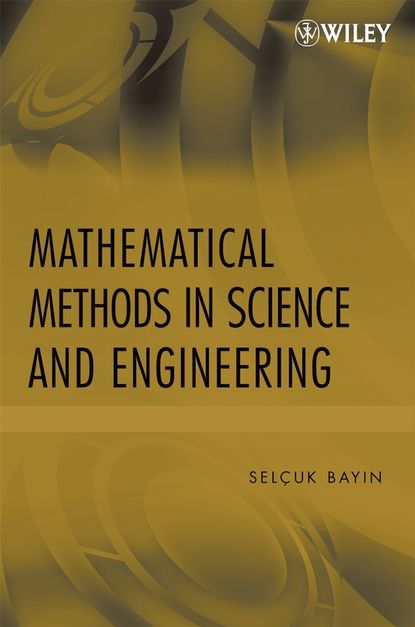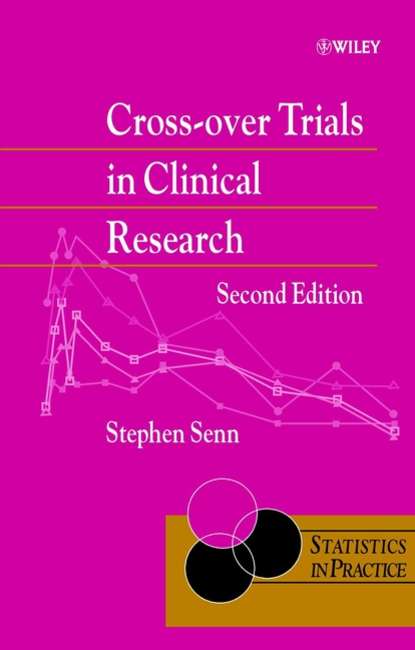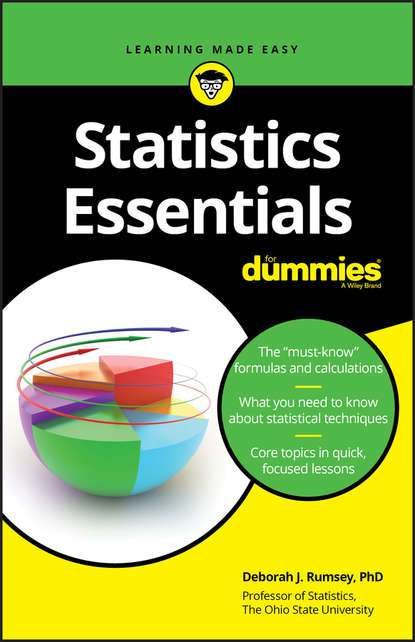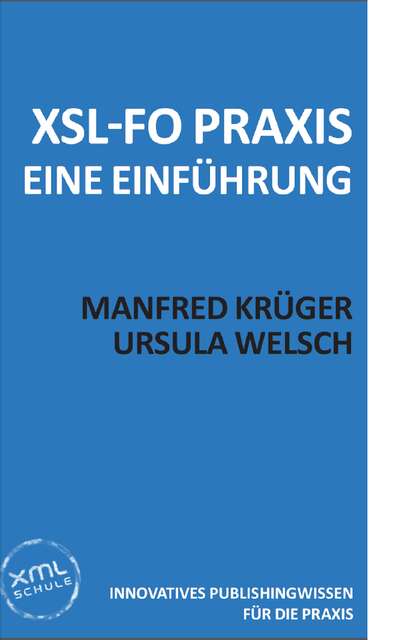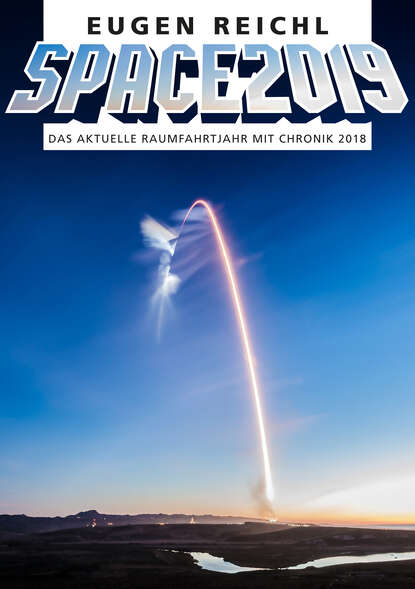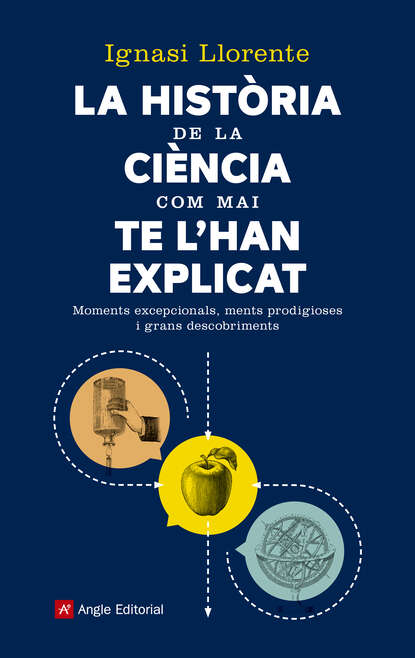Эта книга предоставляет инновационное изложение математических методов для широкой аудитории. Она ясно и элегантно представляет математические методы, используя передовые математические инструменты для мультидисциплинарной аудитории. Рост интереса к междисциплинарным исследованиям привел к объединению ученых из многих областей, таких как физика, математика, химия, биология, экономика и финансы, что увеличило спрос на курсы по более высоким математическим методам. Эта книга не только соответствует существующим практическим потребностям этой многодисциплинарной аудитории, но также играет роль в развитии новых междисциплинарных наук, знакомя студентов и исследователей с новыми методами. Модульная структура книги дает преподавателям достаточную гибкость для использования ее в нескольких различных курсах продвинутого уровня. Каждая глава служит обзором своей темы и может быть прочитана независимо, поэтому она также служит ценным справочником и освежителем для ученых и начинающих исследователей. Растет число
This innovative textbook clearly presents a variety of advanced mathematical approaches for a broad audience including interdisciplinary scientists and engineering students.
Электронная Книга «Mathematical Methods in Science and Engineering» написана автором Группа авторов в году.
Минимальный возраст читателя: 0
Язык: Английский
ISBN: 9780470047415
Описание книги от Группа авторов
An innovative treatment of mathematical methods for a multidisciplinary audience Clearly and elegantly presented, Mathematical Methods in Science and Engineering provides a coherent treatment of mathematical methods, bringing advanced mathematical tools to a multidisciplinary audience. The growing interest in interdisciplinary studies has brought scientists from many disciplines such as physics, mathematics, chemistry, biology, economics, and finance together, which has increased the demand for courses in upper-level mathematical techniques. This book succeeds in not only being tuned in to the existing practical needs of this multidisciplinary audience, but also plays a role in the development of new interdisciplinary science by introducing new techniques to students and researchers. Mathematical Methods in Science and Engineering's modular structure affords instructors enough flexibility to use this book for several different advanced undergraduate and graduate level courses. Each chapter serves as a review of its subject and can be read independently, thus it also serves as a valuable reference and refresher for scientists and beginning researchers. There are a growing number of research areas in applied sciences, such as earthquakes, rupture, financial markets, and crashes, that employ the techniques of fractional calculus and path integrals. The book's two unique chapters on these subjects, written in a style that makes these advanced techniques accessible to a multidisciplinary audience, are an indispensable tool for researchers and instructors who want to add something new to their compulsory courses. Mathematical Methods in Science and Engineering includes: * Comprehensive chapters on coordinates and tensors and on continuous groups and their representations * An emphasis on physical motivation and the multidisciplinary nature of the methods discussed * A coherent treatment of carefully selected topics in a style that makes advanced mathematical tools accessible to a multidisciplinary audience * Exercises at the end of every chapter and plentiful examples throughout the book Mathematical Methods in Science and Engineering is not only appropriate as a text for advanced undergraduate and graduate physics programs, but is also appropriate for engineering science and mechanical engineering departments due to its unique chapter coverage and easily accessible style. Readers are expected to be familiar with topics typically covered in the first three years of science and engineering undergraduate programs. Thoroughly class-tested, this book has been used in classes by more than 1,000 students over the past eighteen years.
